Swing Plane Path And Other Considerations Part 2
- by Kelvin Miyahira
As I showed last month, the tour players are not using any one plane, two planes or whatever you might call it. They swing on all sorts of planes. Some swing on flat planes, some swing on steep planes and some are “on plane.” The plane can change from what some might call steep at one point in the swing to flat or under the plane at another point. So there isn’t any consensus on the swing plane nor the path which we have seen the tour pros swinging left, right and straight at the target. What we can say for sure is the pros have learned to repeat what they do and match their plane/path and release style to their preferred shot pattern (draw, fade or straight). This is the lesson to be learned for most of us and what we’ll start looking into for this month’s article.
Understanding the variables
There are many variables influencing the way your club will move. I’ve already covered many movements of spine including lateral bending, lordosis, shoulder movements, etc. so we’ll ignore that for this series. Let’s begin with the left arm position at about halfway down on the downswing.
Note: All videos used were from the similar angle with camera lens parallel to feet line. If too far off, they were not used in this survey.
Left arm position


Generally speaking, the pros have their left arms straight in line or angled slightly to the left of their feet halfway down at launch plane position. With the driver it will tend to be more angled left of the feet.

JB would be a bit of the extreme version of this. Typically the more the left arm is angled left, the more the hands will swing left at impact and be more likely to have the club path moving left at impact.

The more the left arm is angled to the right, the more likely you will produce a swing path to the right. Also, the more the left arm is angled to the right, the more behind your right elbow will be behind your right hip.
For the most part, the left arm angle gives you an indication where the path will be moving at impact in relation to your feet.
With the left arm angled to the left with JB Holmes, his left arm will naturally swing to the left and the club will follow.
With the left arm angled to the right with Dustin Johnson, his left arm will tend to swing to the right with the club path following.
Left arm movements at impact
The left arm (therefore the handle of the club) should be moving in a circular path to the inside prior to contact. Since the clubhead path will follow (though milliseconds later) the handle path, it’s only logical that in order for the clubhead to swing toward the target, the handle must be moving left at impact.
This is very apparent in JB Holmes who likes to hit a fade. But what about players that draw the ball?
Luke left arm animation
Luke Donald’s left arm is moving left way before impact.
DJ left arm through impact
Even in the extreme case of Dustin Johnson who swings way to the right of his target, his left arm is already moving left prior to contact.
There are very few pros that swing the arms to the right of the target. This is more common in amateurs and might necessitate a flip/roll release pattern.
Even Sergio, who has his left arm pointed to the right halfway down, is swinging his arms left at impact. But this must be done with the tremendous body rotation that Sergio or Ben Hogan had.
It cannot be accomplished just by the arms accompanied by a stall as many have tried and failed with.
There are exceptions though. One can have the left arm pointed left but still swing the hands to the right of target.
Flip/roll release needed with this movement though.
The bottom line is that while the arms swinging left is normal for the majority of the pros, it is normal for amateurs as well and isn’t necessarily a good indicator of swing proficiency. Looking at the release pattern from front view will undoubtedly yield a better analysis.
Clubface position at 9:00
There are huge variations as you start to take a look at the clubface position at 9:00.

Keegan Bradley
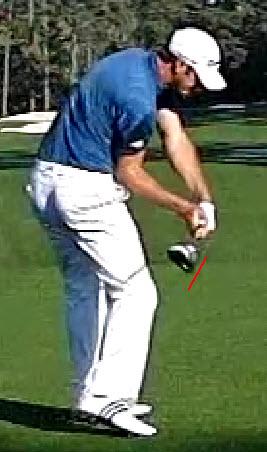
Dustin Johnson
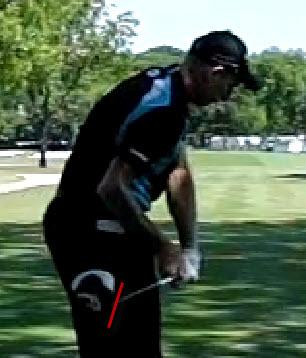
Jim Furyk
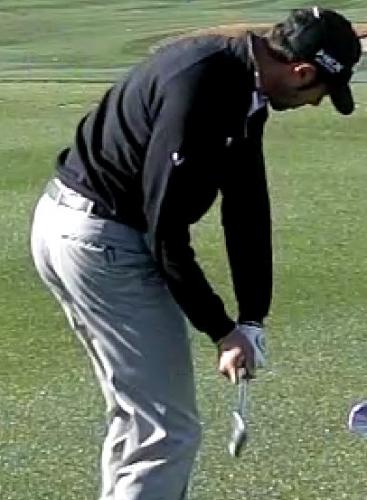
Alvaro Quiros
Compare the four previous players to the next five players.
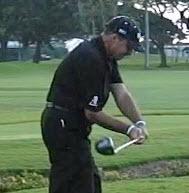
Rocco Mediate
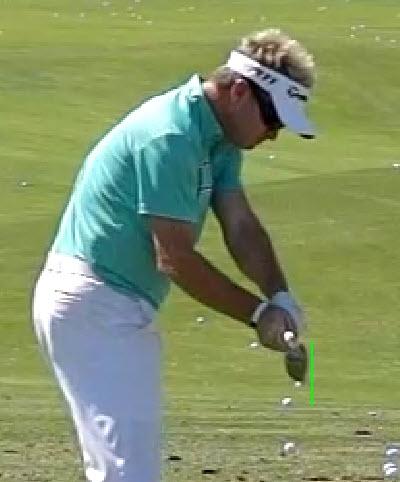
Brian Gay
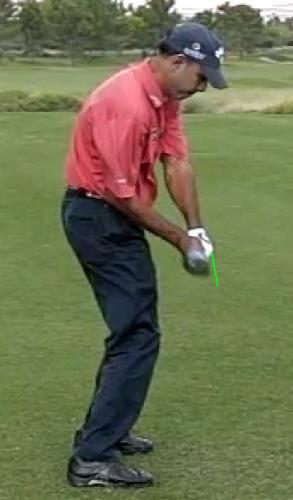
Jeev Milkha Singh
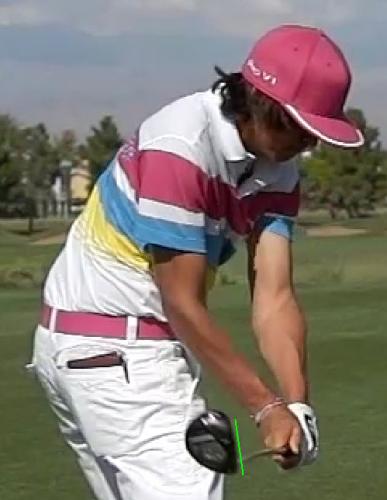
Rickie Fowler
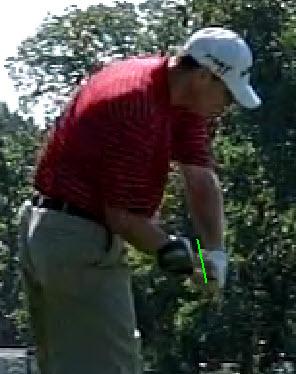
Chad Campbell
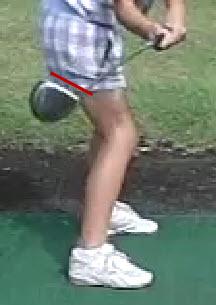
Just to show you the amount of variation there is, here’s a 9 year old beginner that hits a small draw despite this position.
The more closed the clubface at this point, the more likely the tour pros will have a drive/hold release style. The more “toe up” (the Leadbetter standard) or open the clubface is at this point, the more likely we’ll see a flip, flip/roll or rolling release. This should be logical since if you want the clubface to be square at impact, yet to have it wide open at this point, some method of fast closing of the clubface is required unless you want to hit huge fades or slices.
Plane/path and clubface angle
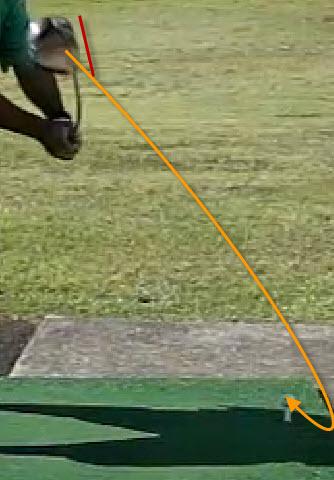
This golfer has a massive over the top steep downswing and slices it better than a Ginsu knife. His clubface looks very open in relation to his plane/path.

Isn’t this 180 degrees open to her plane/path?

But look at Chad Campbell. His clubface looks very open to the plane/path similar to the slicer. So what’s the difference?Why does Mr. Ginsu have trouble getting the clubface square but Chad certainly doesn’t?
Let’s take the extreme opposite example.
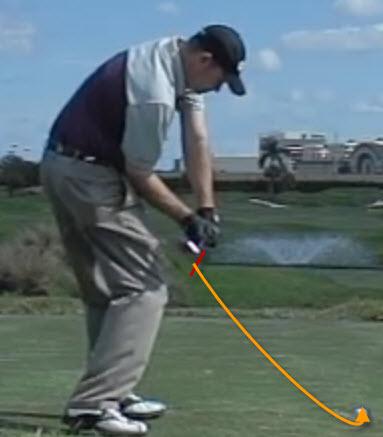
Here’s Tommy Gainey with a flatter plane and path directed slightly to the right of the target. His clubface is a lot squarer relative to his plane/path thus making it easier to draw the ball.
Said another way, he does not have to close his clubface as much in the interval from 9 o’clock to impact than Mr. Ginsu, the 9 year old beginner or Chad Campbell making his swing less timing dependent than a swing that require massive closing in order to hit it straight.
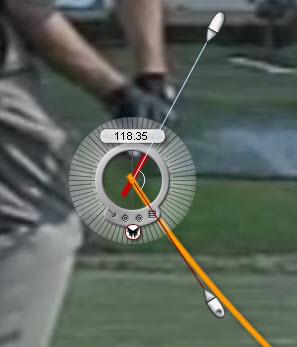
Some might say Gainey’s clubface is closed at this point. But in relation to this plane/path, it is still open by some 28 degrees. If the clubface were at 90 degrees to the plane/path it would then be considered square, correct?
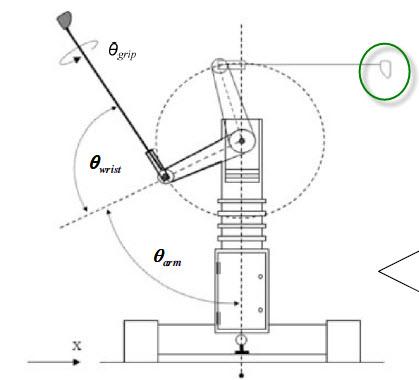
Of course you could swing like a robot and have the clubface square to the path at all times. Hmmmm, that top of the backswing clubface position of the robot looks a lot like... Dustin Johson?????
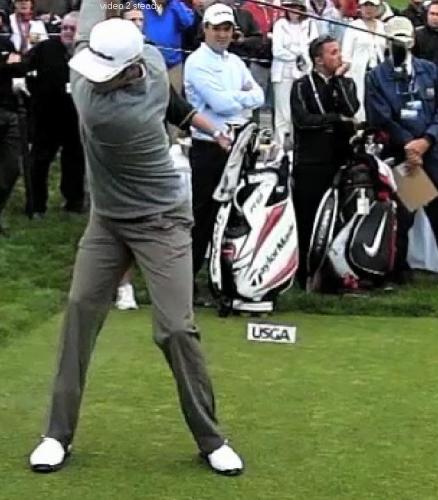
Well, isn’t that SPE-CIAL? (Using my Dana Carvey church lady voice)
Of course it’s far more complex than that because external rotation of the right shoulder on the downswing will naturally open the clubface so it’s physically impossible to swing like a robot. Nice dream though.
Bottom line is that the clubface angle relative to the plane/path at this point does not necessarily give us any hard and fast rules in ability to hit it straight. It does point toward matching release style to the clubface angle; the more open your clubface, the more an early release or flip/roll release is required.
But that doesn’t explain why the 9 year old can hit a nice little draw with a clubface that’s more open relative to the path than Mr. Ginsu. Is it due to the plane?
Well, there’s something also going on that might be more important. Where is the clubhead in relation to the hands at this point?
Clubhead in relation to the hands at 9:00
There are many ambiguities here beginning with idea of being “on plane.” So what is does being on plane mean? Is it the clubhead on the plane? Are the hands and the clubhead on plane? Which plane should you swing on since some tour pros are steep and some are flat? Plus the plane can be changing three dimensionally so this makes analysis tough.
But what we can do is categorize the clubhead position relative to the hands and get a good idea of what’s really going on. So I’ve taken a survey of over 100 tour players to see what everyone is doing. There are three basic categories of where the players’ club is in relation to the hands. They can be on plane, under/behind (UB) plane or over/front (OF) plane.
On Plane
To be “on plane” the clubhead would be directly in line with the hands when horizontal, parallel to the target line and we should not see much of the shaft.
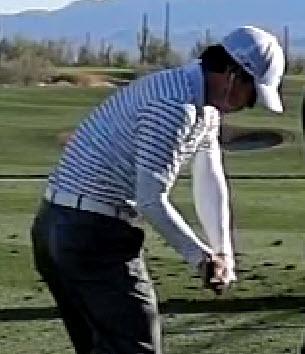
Here’s Anthony Kim showing the perfect “on plane” position.
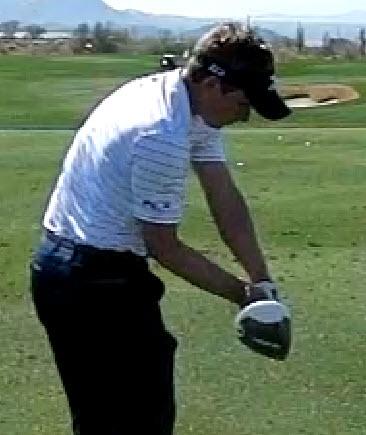
Luke Donald
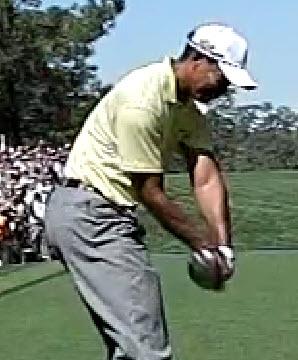
Tiger 2011
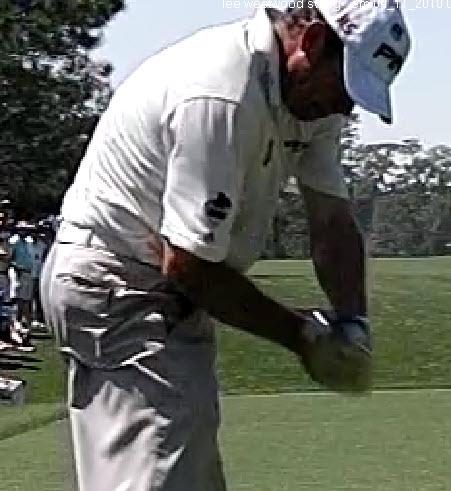
Lee Westwood
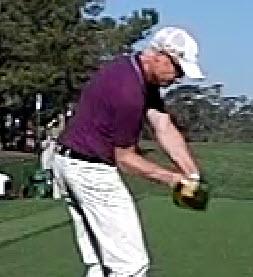
Simon Dyson

Sean O’Hair
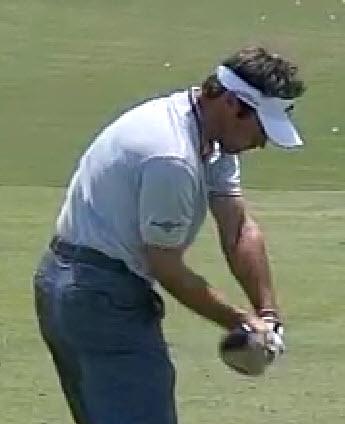
Trevor Immelman
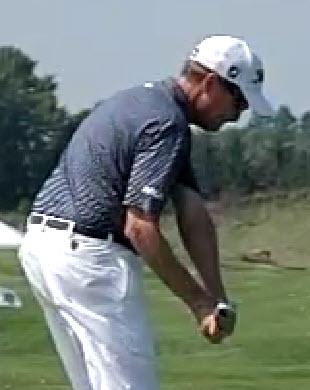
Davis Love III
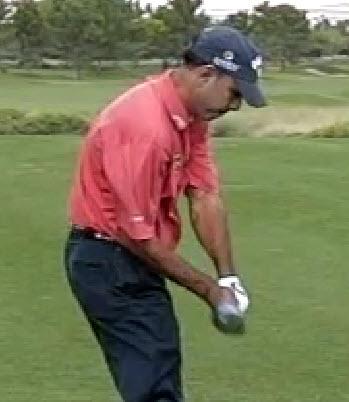
Jeev Milkha Singh
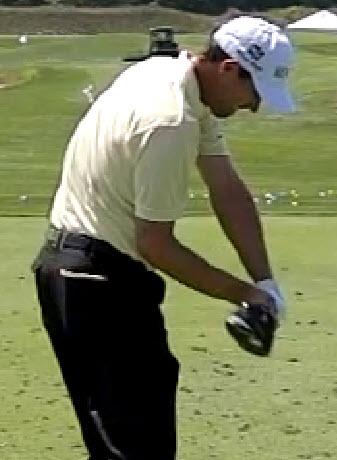
Padraig Harrington

Paddy from 2008 PGA Championships when he was winning his 3rd major. Why change?
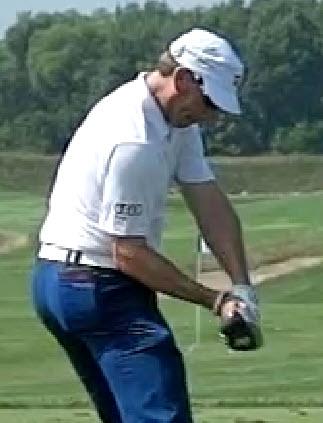
Ricky Barnes
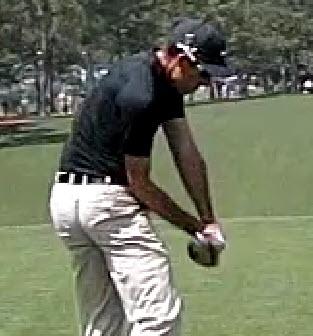
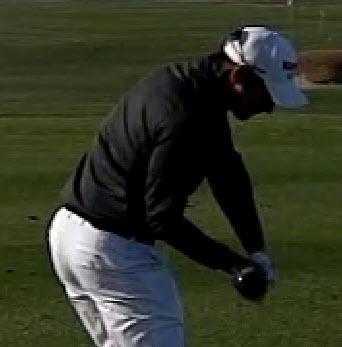
Matteo Manassero
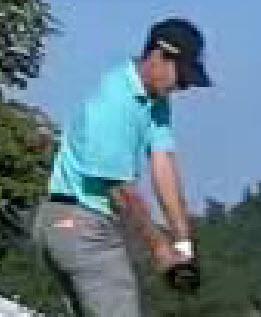
Charles Howell III
The next few players’ videos might have been a ½ frame off from having the club perfectly horizontal at 9 o’clock. So the club appears a bit in front of the hands but I’d say they are on plane. You can compare to the OF plane positions in the next category to judge for yourself.
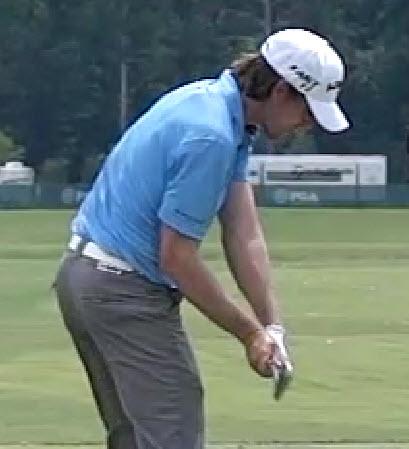
Aaron Baddeley
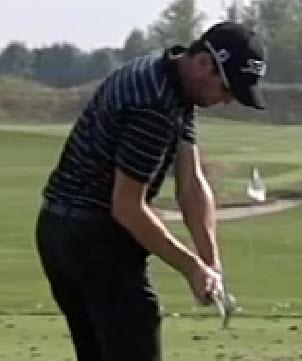
Bryce Molder
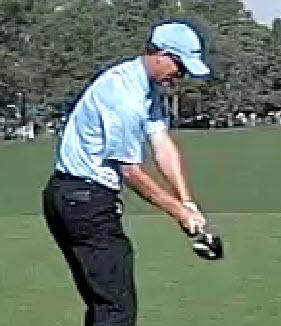
John Senden
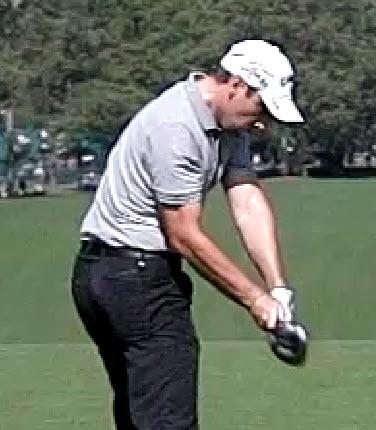
Oliver Wilson

Kevin Na
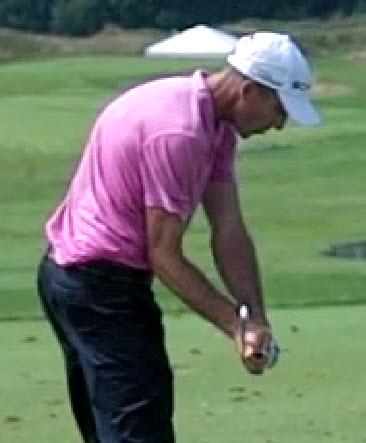
Geoff Ogilvy
18 of 110 players or 16% of players surveyed are on plane.
Over/Front (OF) Plane
The OF plane players typically are seeking a fade shot pattern since this position will generally alter that path to swing left of target at impact and there are very few tour players that aim right and pull draw the ball left.
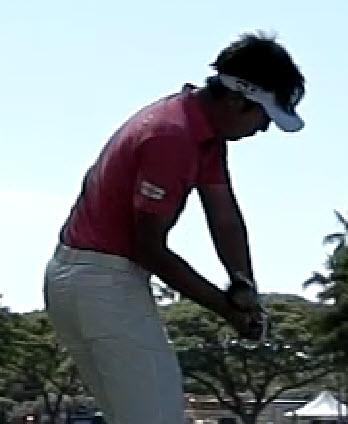

These two screenshots of Danny Lee should help to distinguish why he and others are in this category. In the first picture, his club might be just above horizontal and over his hands. The second picture shows the club outside or in front of his hands.
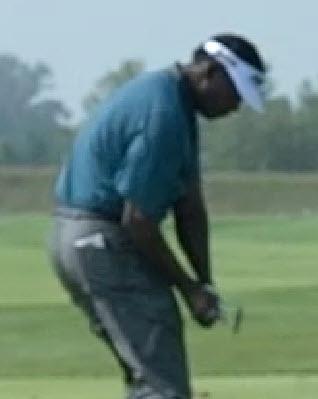
Vijay Singh
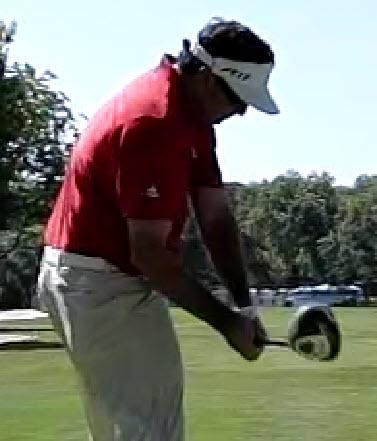
Pat Perez

Chris DiMarco
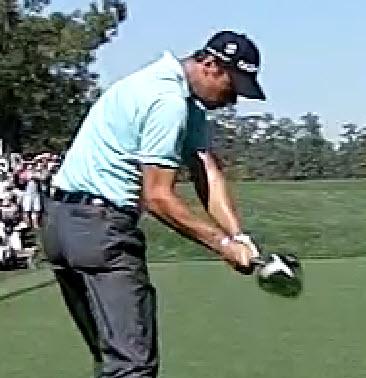
Martin Kaymer
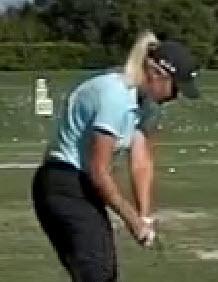
Suzann Petterssen
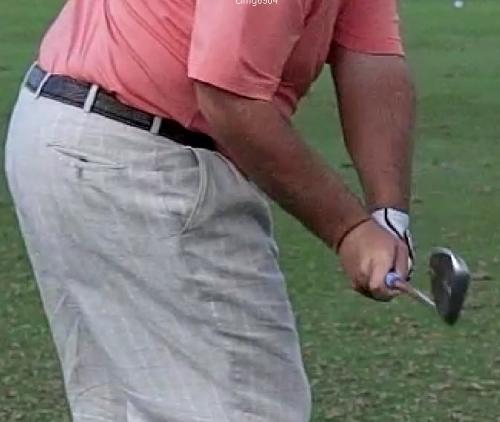
Brendon De Jonge
He’s one of the guys that aim right and pulls the shot left to his target.
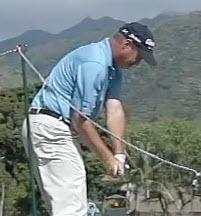
Jerry Kelly
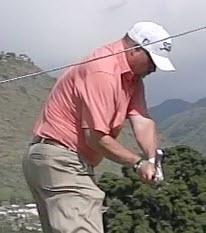
Kris Blanks
9 players of 110 players or 8% are OF plane.
Under/Behind (UB) Plane
It should be noted that being UB plane doesn’t mean you will have a path that swings to the right of the target as I pointed out in last month’s article. It can swing straight, left or right of the target from this position depending on sequencing and acceleration profile of the anatomical movements. So this position does not lock you into hitting a certain shot pattern. Some hit fades from this position, some hit draws and some hit it relatively straight from this position. Generally, the more extreme UB plane a player is, the more their path will be directed to the right and a draw pattern will be their natural shot.
But having a majority of the tour players in this category would seem to point to a position that’s more natural and athletic than the conjured up “on plane” position.
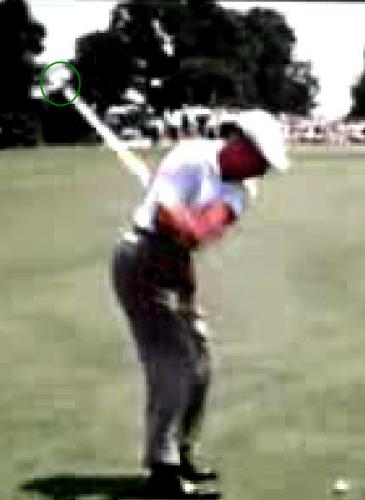

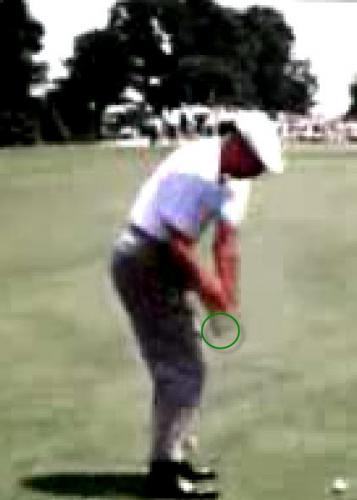
Seeing Ben Hogan’s clubface without high speed shutter is like tracking an UFO. But you can see the blurry clubhead in these screenshots. And this video was shot from a perfect angle. Many of the Hogan videos are not shot from this angle so the angle creates distortions that make it difficult for people to understand what he did. Many think he’s “on plane.” This shows clearly that he was slightly UB plane.
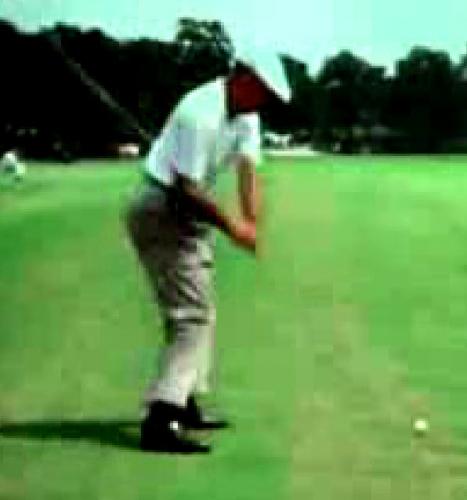
Or many of the videos of Hogan were shot at 30 fps. How can anyone really know where the club went between these two consecutive frames? And the angle of the camera was too far toward the ball line showing his feet pointed to the right instead of parallel to lens. Of course you can conjure up images to fill in the blanks but that’s going to lead to low SAT scores. It’s better to leave those questions blank than guess...
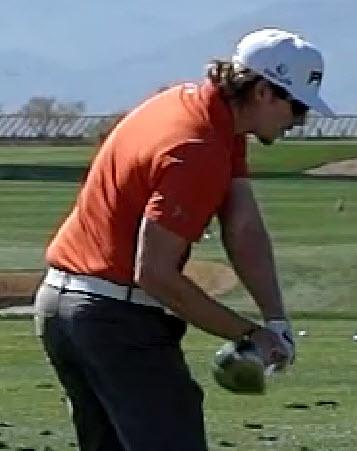
Hunter Mahan

Steve Marino
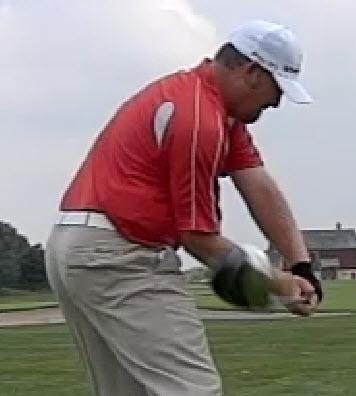
JB Holmes
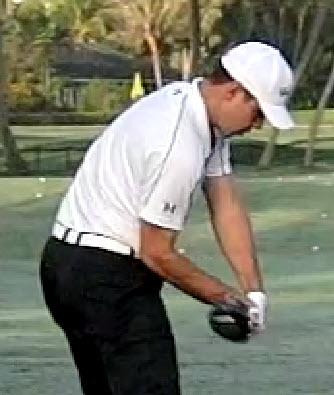
Gary Woodland
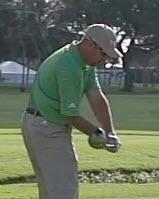
Chad Collins
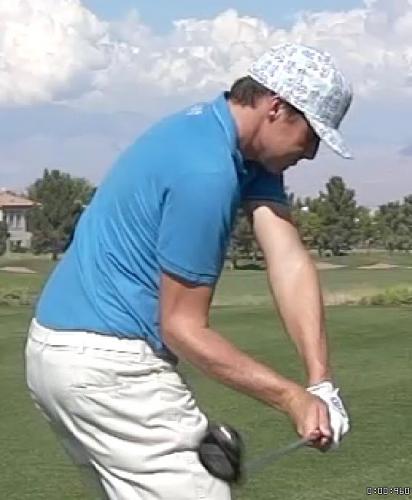
Nick Watney

Dustin Johnson

Tiger Woods 2010
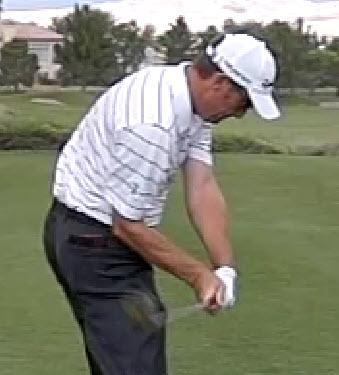
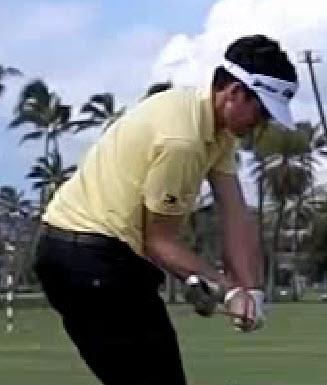
Keegan Bradley

JB Holmes
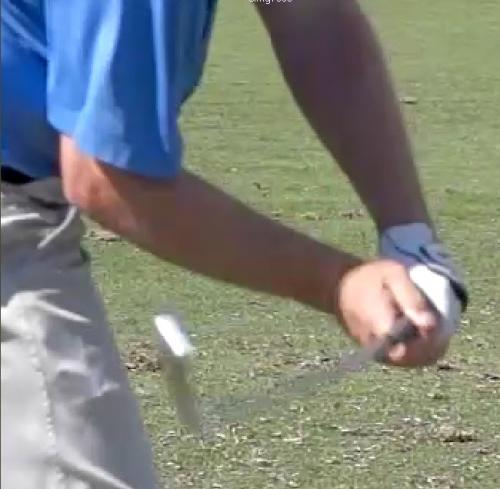
Carl Pettersson
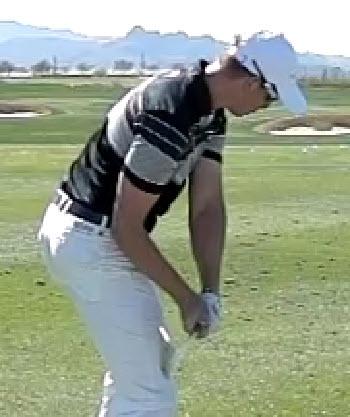
Henrik Stenson
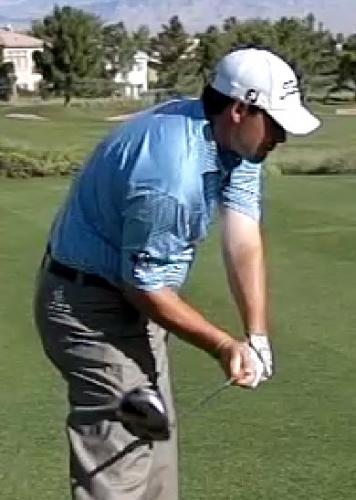
Johnson Wagner

Stuart Appleby
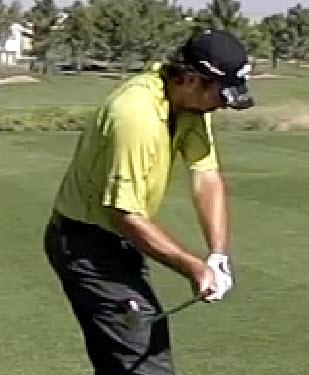
Matthew Goggin

John Daly
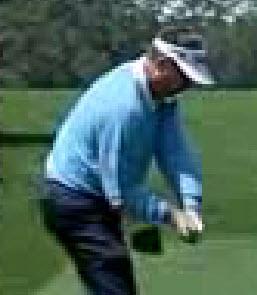
Kenny Perry

Jason Dufner
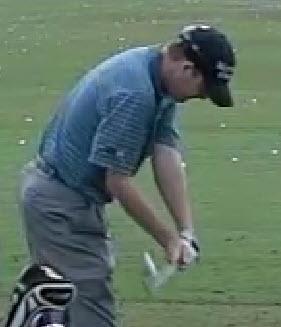
Joe Ogilvie
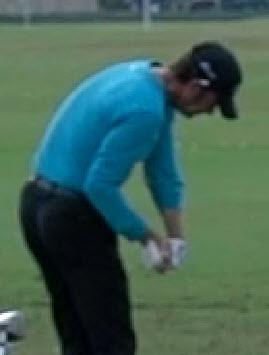
Jesper Parnevik
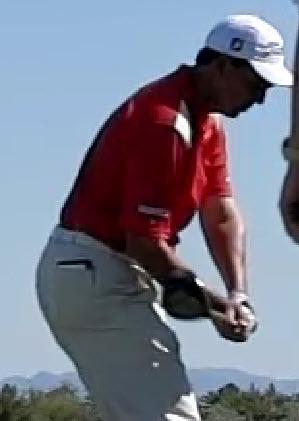
Tom Pernice Jr.
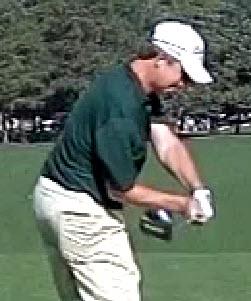
David Toms
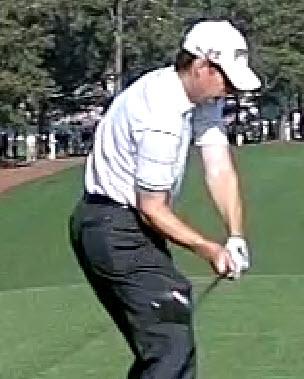
Heath Slocum
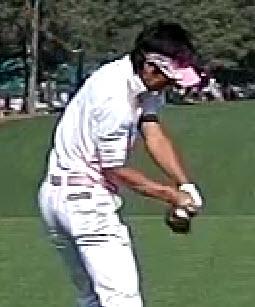
Ryo Ishikawa
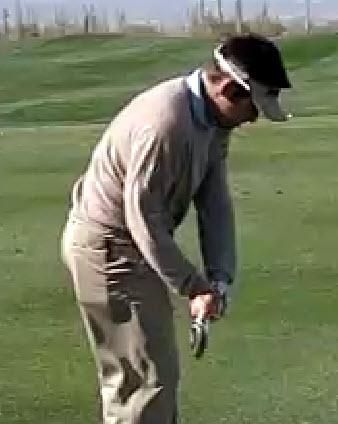
Louie Oosthuizen
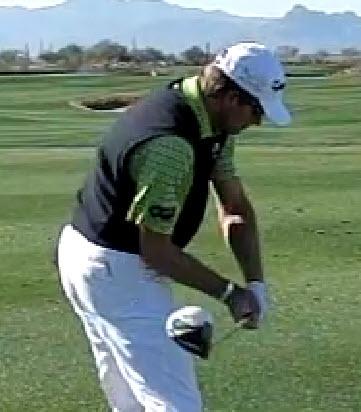
Retief Goosen
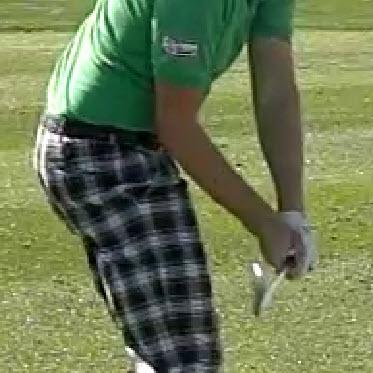
Webb Simpson
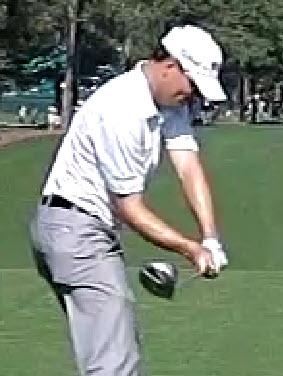
Zach Johnson
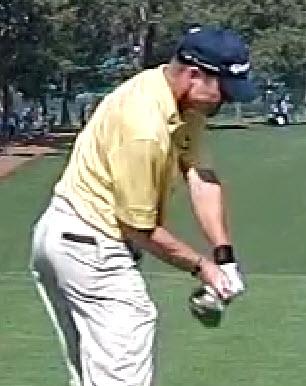
Scott Verplank
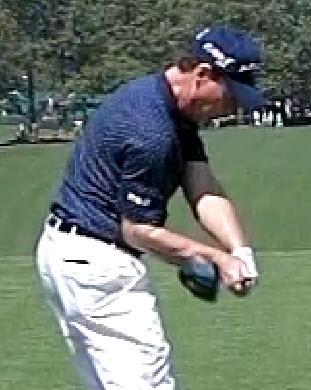
Tom Watson
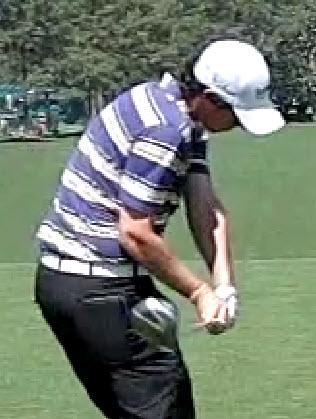
Rory McIlroy
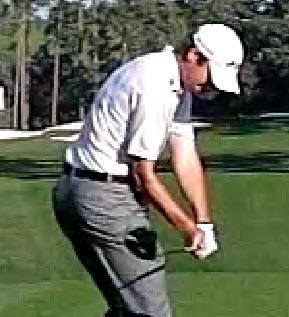
Sean O’Hair

Camilo Villegas
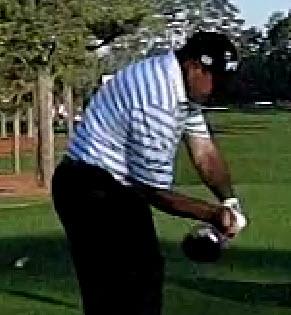
Angel Cabrera

Robert Karlsson
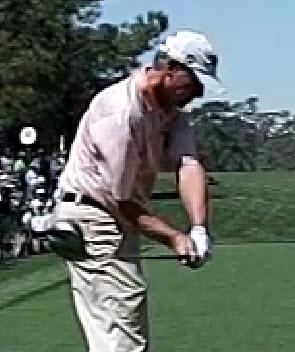
Steve Stricker
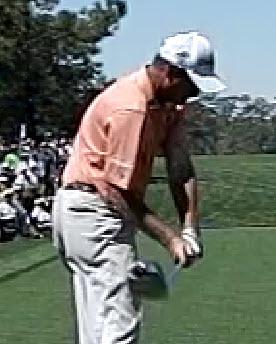
Jerry Kelly
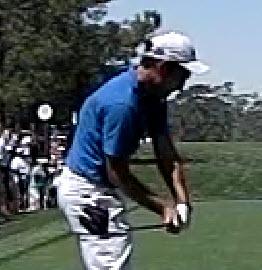
Eduardo Molinari
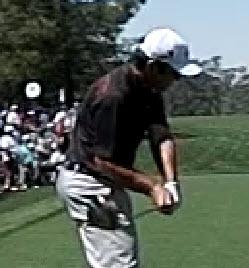
Francesco Molinari
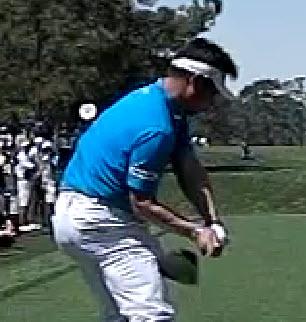
YE Yang
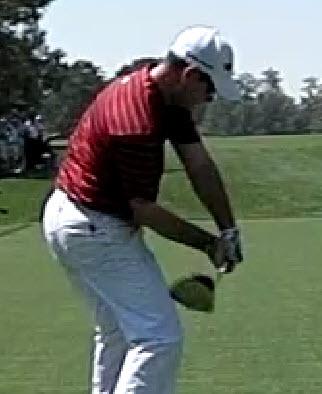
Rory Sabbatini

Fred Couples
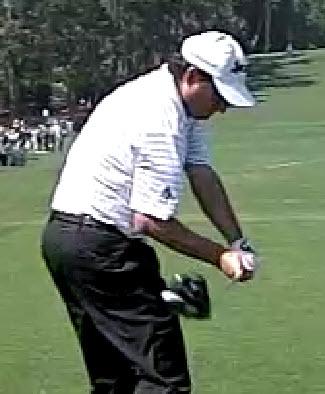
Tim Clark
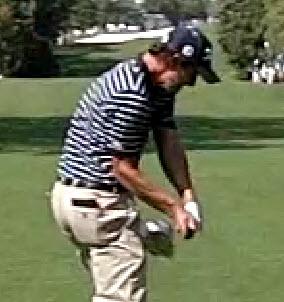
Adam Scott
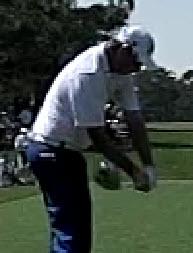
Tom Leishman

David Duval
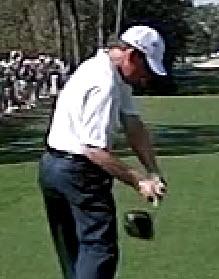
Justin Leonard
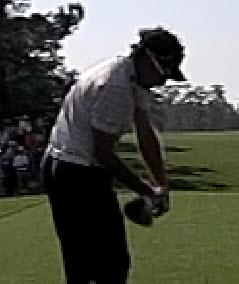
Ian Poulter
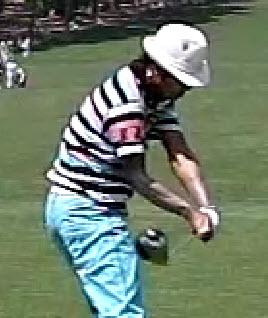
Shingo Katayama

Bubba Watson

Jim Furyk
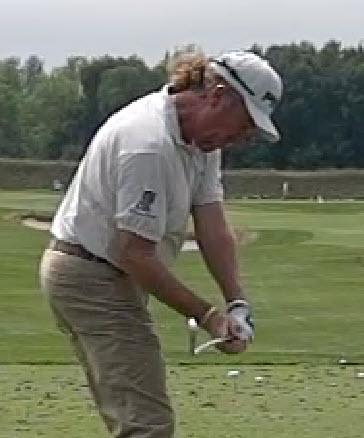
Miguel Angel Jimenez
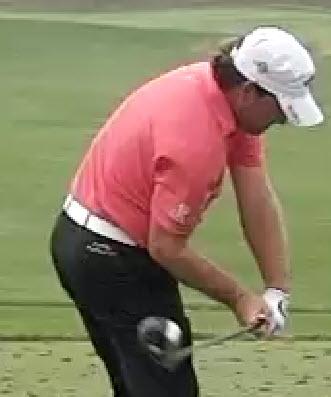
Graeme McDowell

Steve Elkington
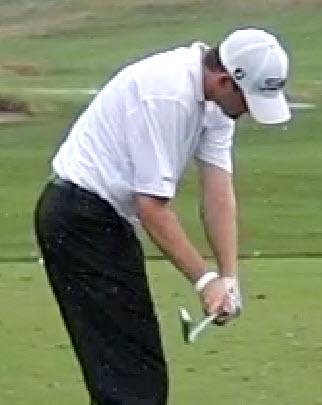

Paul Casey
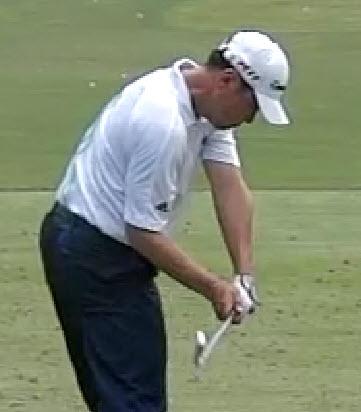
Charlie Wi
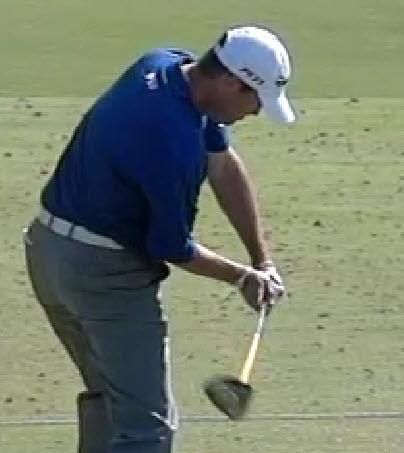
Ryan Palmer
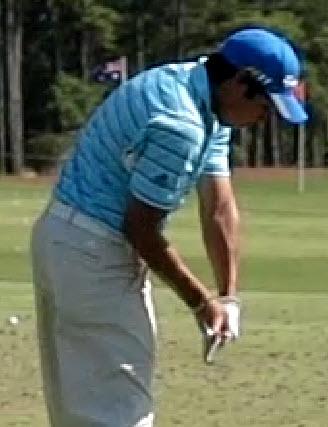
Andres Romero
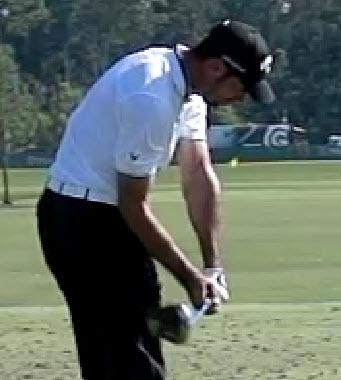
Alvaro Quiros
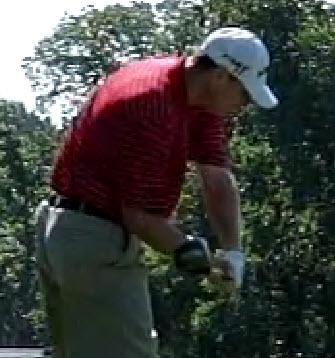
Chad Campbell

Sergio Garcia
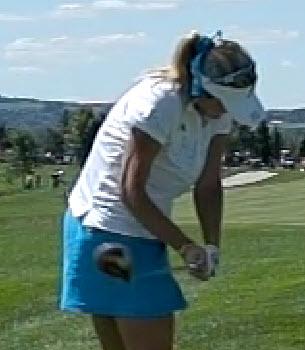
Lexi Thompson
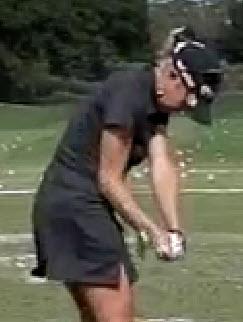
Natalie Gulbis
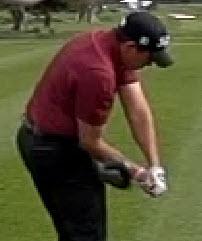
Scott Stallings
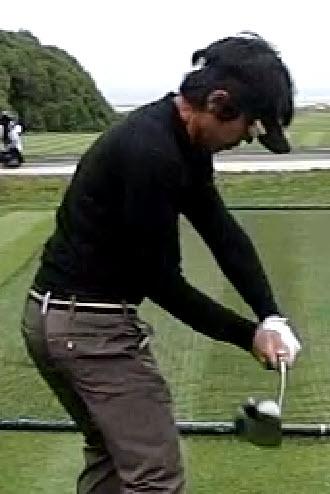

Stewart Cink
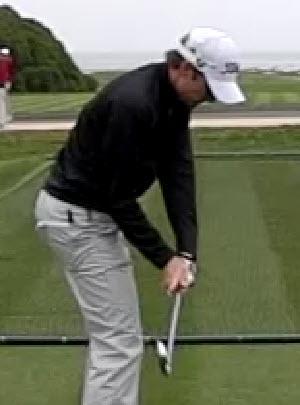
Michael Sim
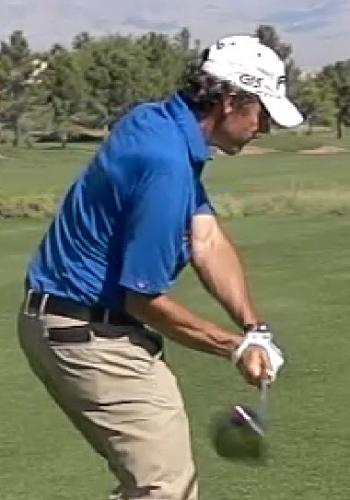
Chris Tidland
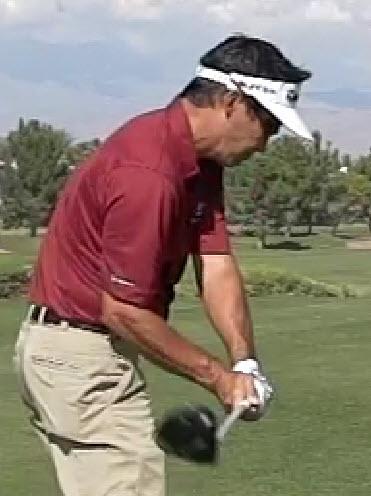
Dean Wilson
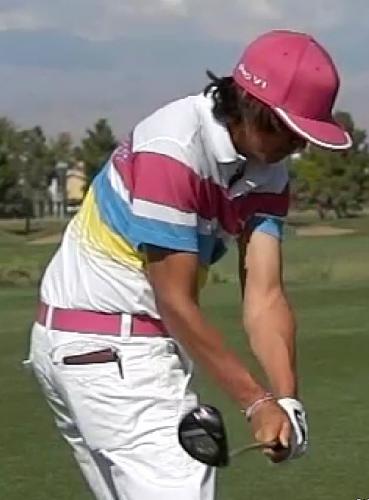
Rickie Fowler
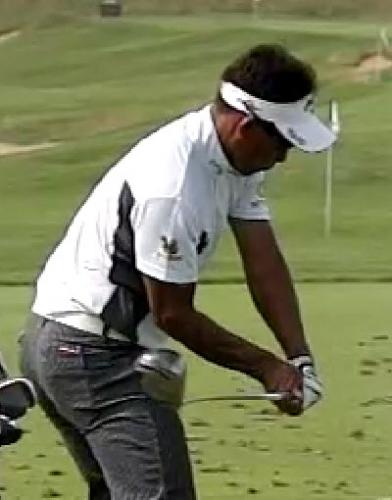
Thongchai Jaidee

Jonas Blixt

Jeff Maggert
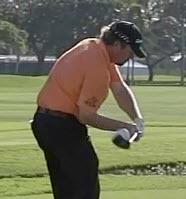
William McGirt
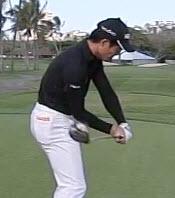
Wen Chong Liang
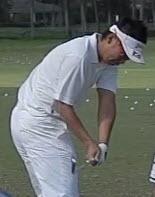
Hideki Matsuyama
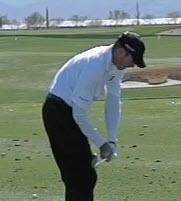
Matt Kuchar
83 players of 110 players or 75% are UB plane.
What’s up with Yani?
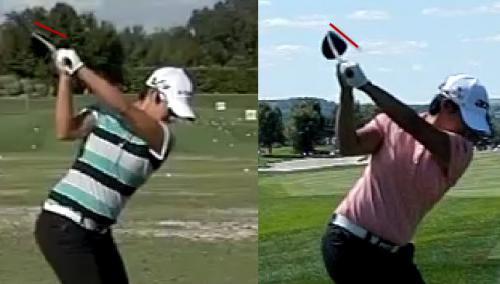
Yani Tseng has been undergoing some very subtle but significant swing changes with Gary Gilchrist. On the left the clubface is slightly closed and a bit laid off just before the top of the backswing. On the right it’s more open but “on plane!!”
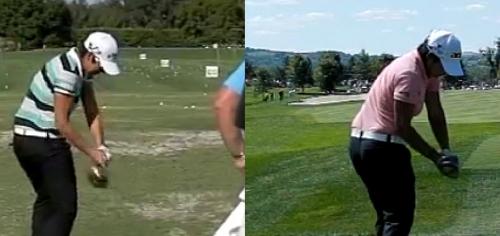
Previously she was UB plane and now she’s on plane to almost a bit OF plane. The Leadbetterians are somehow afraid of the clubface being slightly closed at the top even though it might reduce the amount of closing of the clubface in order to return to square. Also they don’t like the club UB plane. Somehow magically with by opening your clubface and getting the club more in front or on plane, you’re supposed to automatically hit it straight. It’s a recipe for powder puff fades and occasional pull draws.
But the record speaks for itself. Is this another case of a dominant player turned into an ordinary tour player via instruction that’s supposedly given to improve her?
Tour players can work for years to perfect their plane. But while their teachers are obsessed with the plane, they are tirelessly working on performing the many micro moves of their release (filling in the gaps of instruction) to match their planes to their preferred shot shapes. It’s simpler to teach a plane to a naturally gifted athlete than to teach all the minute anatomical movements necessary to strike the ball correctly. Thus, the majority of golfers without the innate ability to fill in the gaps in instruction are left out in the cold. Trying to perfect the imperfect plane without the knowledge base to execute the correct movement patterns has them spinning their wheels going nowhere.
As you can see, the plane is utterly complex and requires more critical distinctions than previously had been administered. And I haven’t even introduced anatomical movements that affect the options you have when hitting from the different positions of the plane. That will be the subject of next month’s article.

